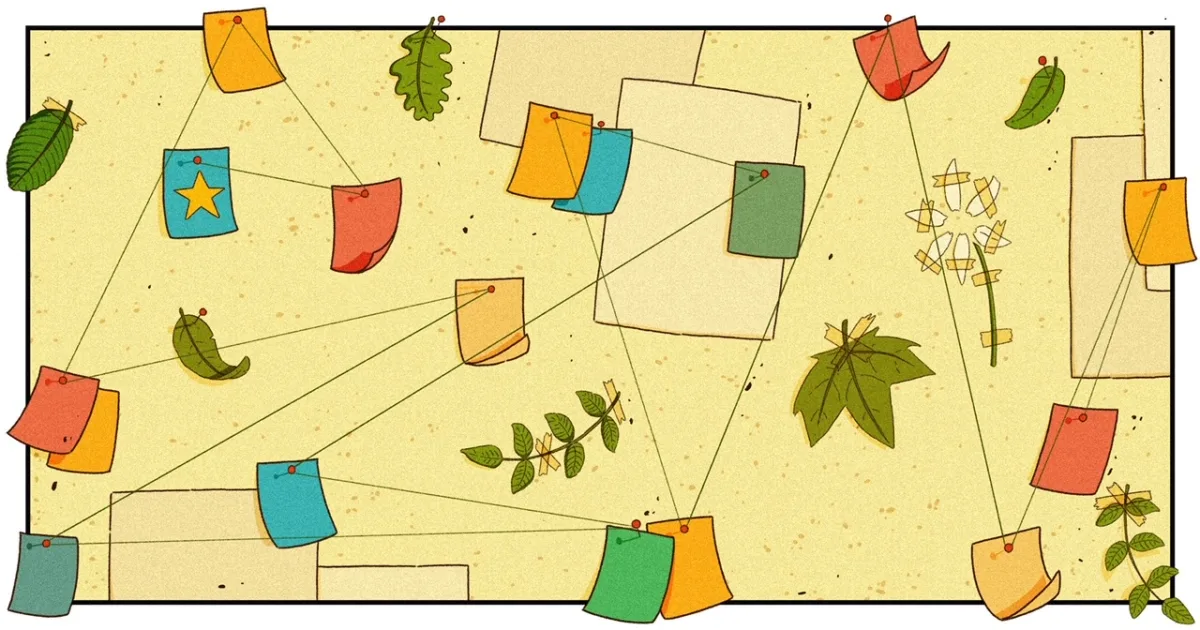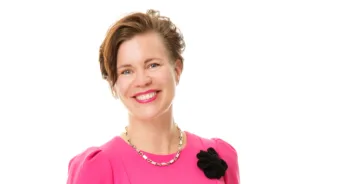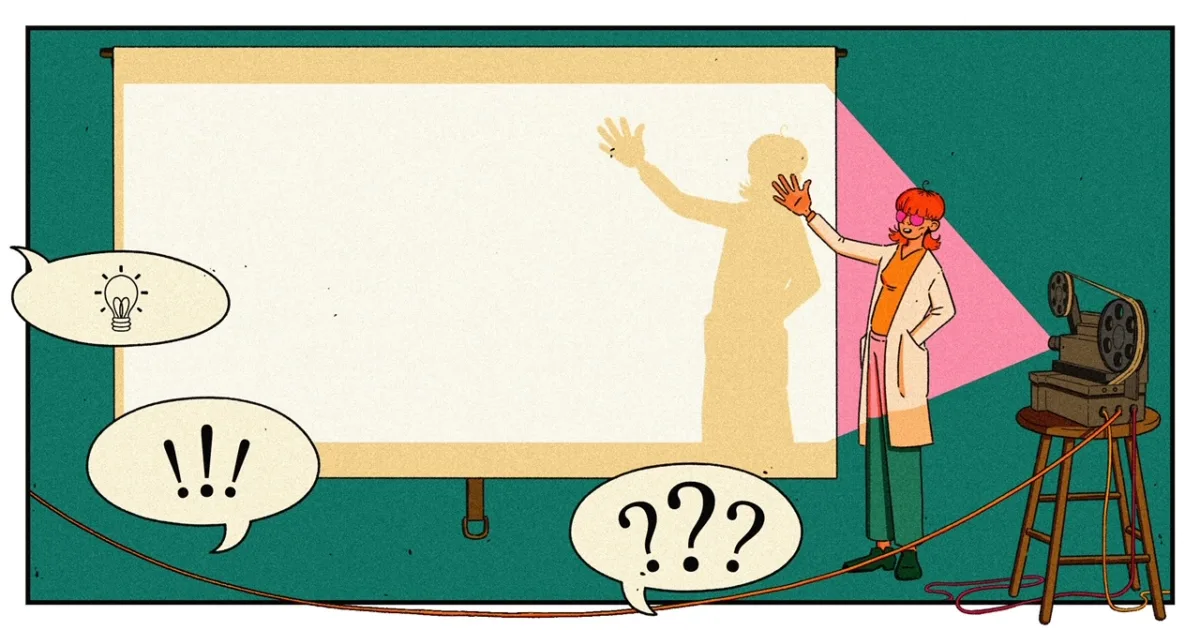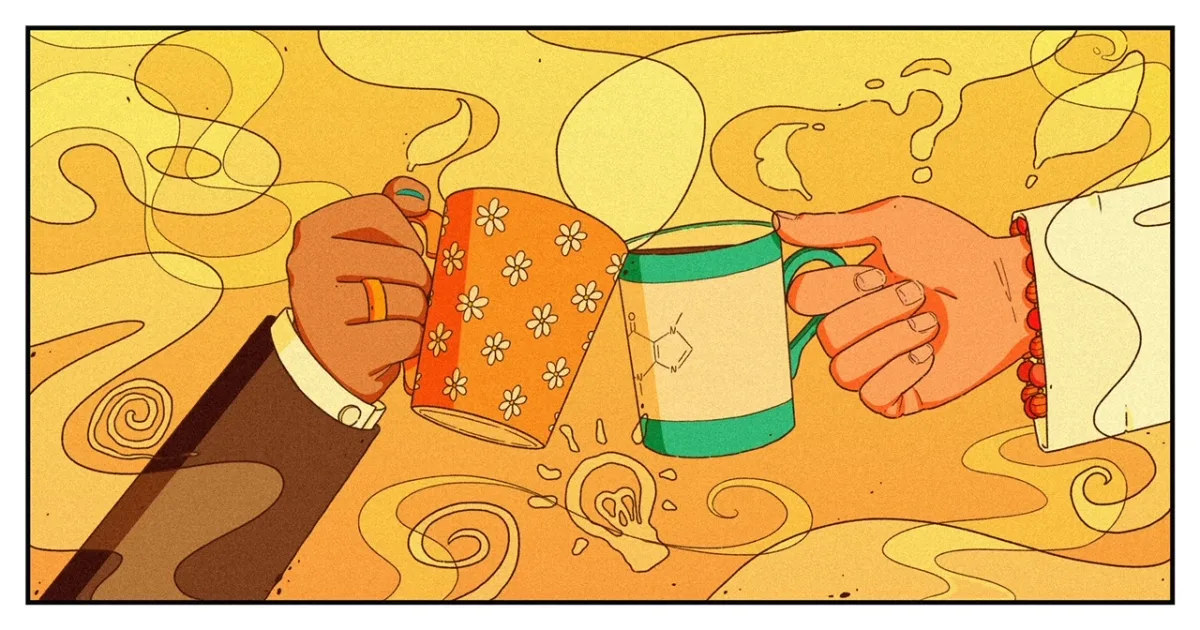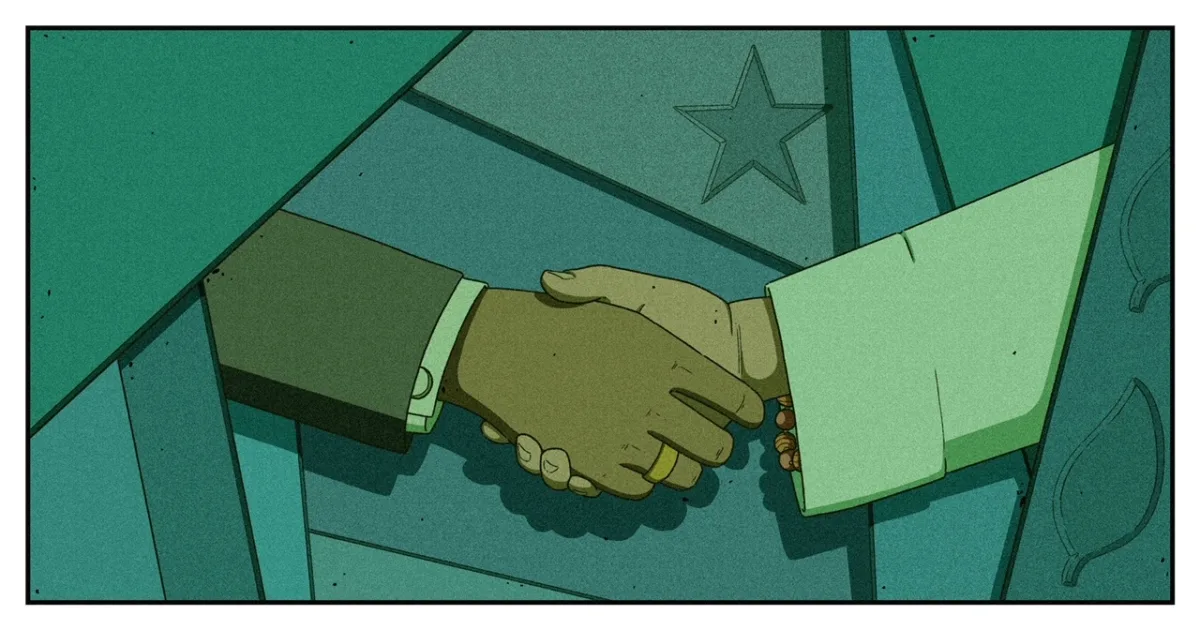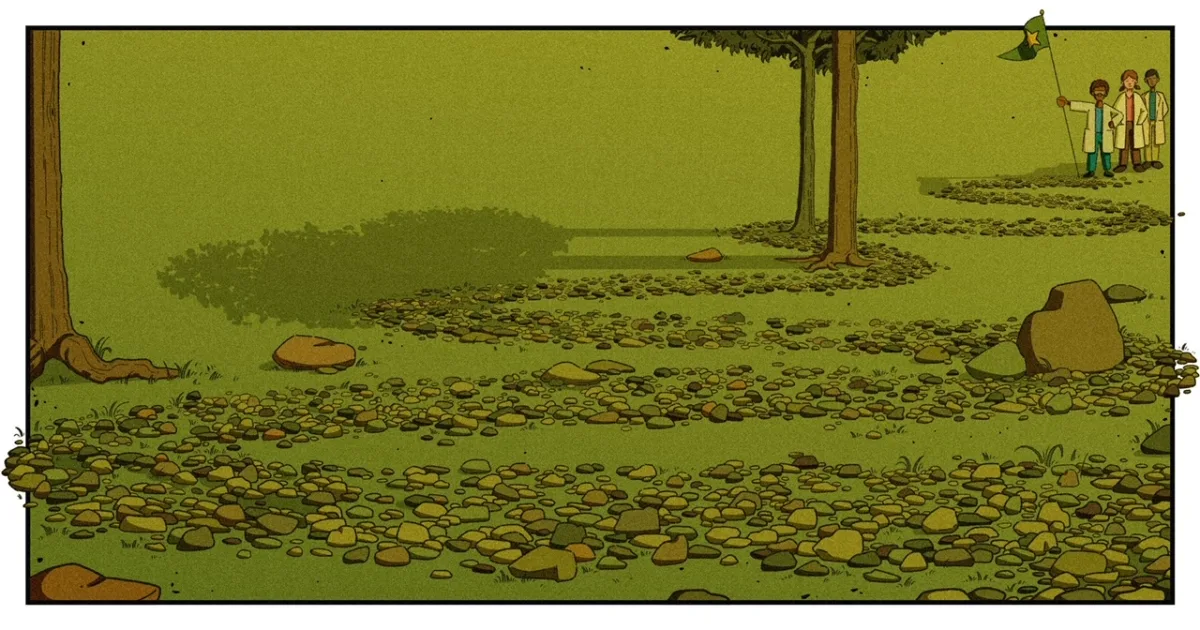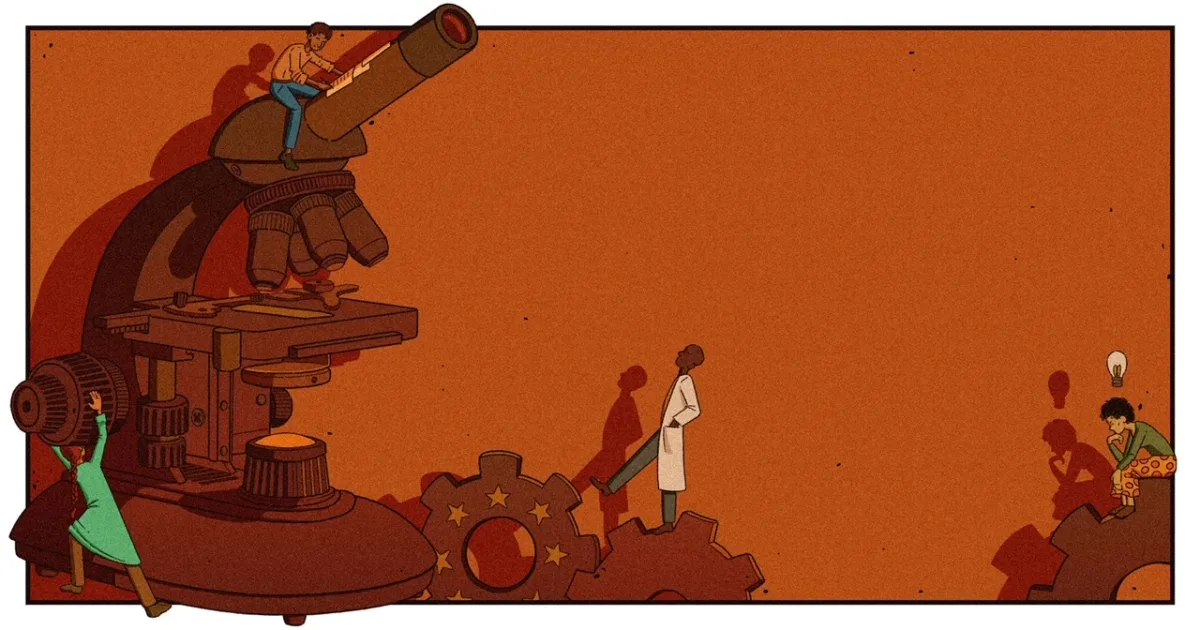This is where we identify the problem that we’re going to tackle. We’ll ask you what works and what doesn’t, and establish what you know and what you don’t. Then, together, we’ll decide what a successful or satisfactory outcome would be in the project.
We’ll probably have a few team members involved in this stage: experts in science and/or technology, but also more organizationally-minded people who can frame the technical challenge in business terms. This will help clarify how the project can fit in with your ways of working, timelines and budget.
The team will formulate the underlying problem as a hypothesis, a possible explanation that we’ll test during the project. Sometimes we’ll have several alternative hypotheses at this point, and the project will involve evaluating them.
It’s also a chance to ask whether sustainable alternatives (chemicals, processes, transport etc.) can be used in the project without altering its scope. If not, why not? Could they be more feasible in the future? Our goal is that by 2026, we’ll have these discussions in all of our projects.

